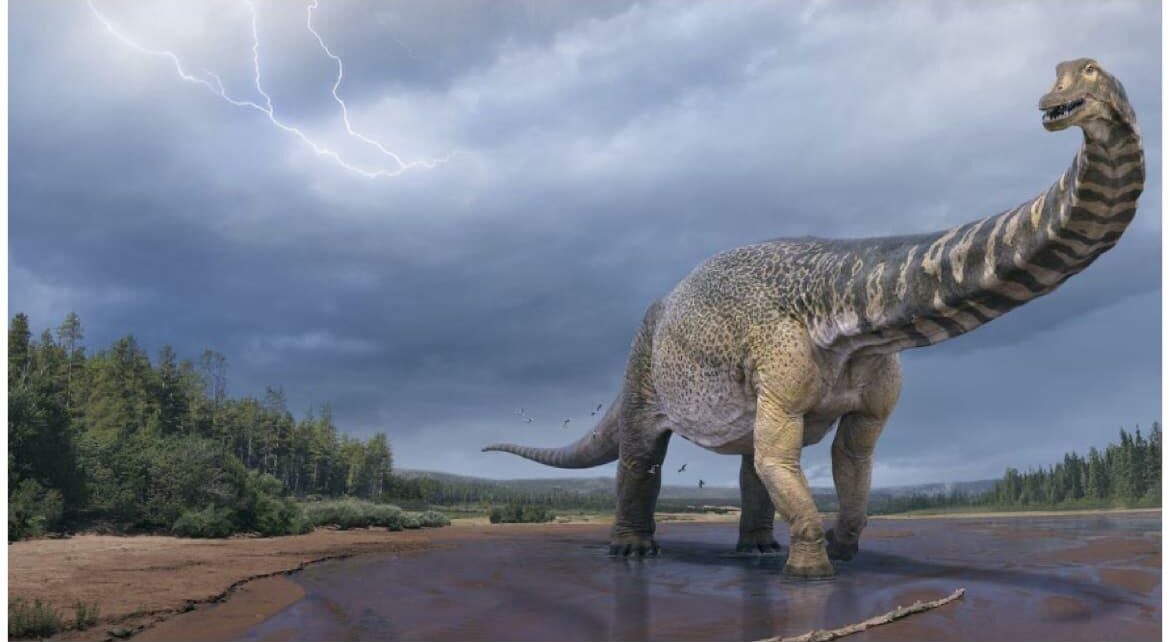Scientists have confirmed the discovery of a new dinosaur species in Australia, Australotitan cooperensis, one of the largest found in the world, more than a decade after cattle farmers first uncovered bones of the animal.
A Cooperensis, part of the titanosaur family, has finally been described 15 years after its bones were first uncovered. The plant-eating sauropod lived in the Cretaceous period between 92 million and 96 million years ago when Australia was attached to Antarctica, according to a research paper published on Monday.
It is estimated to have stood at 5 to 6.5 metres (16-21 feet) high and measured 25 to 30 metres (82-98 feet) in length — which would make it Australia’s biggest dinosaur.
That makes the new species the largest dinosaur ever found in Australia and puts it in the top five in the world, joining an elite group of titanosaurs previously only discovered in South America.
“Based on the preserved limb size comparisons, this new titanosaur is estimated to be in the top five largest in the world,” said Robyn Mackenzie, a director of the Eromanga Natural History Museum.
The fossilised bones were found on Mackenzie’s family farm in 2006 about 1,000 kilometres (620 miles) west of Brisbane in the Eromanga Basin and nicknamed “Cooper”. Palaeontologists the sauropod “Australotitan Cooperensis”, combining “southern titan” with the name of a creek near where the first of the creature’s bones were found in 2006 on a cattle farming property in Eromanga in Queensland state.
Initially kept secret as scientists painstakingly dug up and studied the bones, the Cooperensis skeleton first went on display to the public in 2007.
Scott Hocknull, a palaeontologist at Queensland Museum, said it had been a “very long and painstaking task” to confirm the Australotitan was a new species.
The research, which relied on 3D scan models of bones to compare the dinosaur with its close relatives, was published in the peer-reviewed PeerJ journal Monday.




